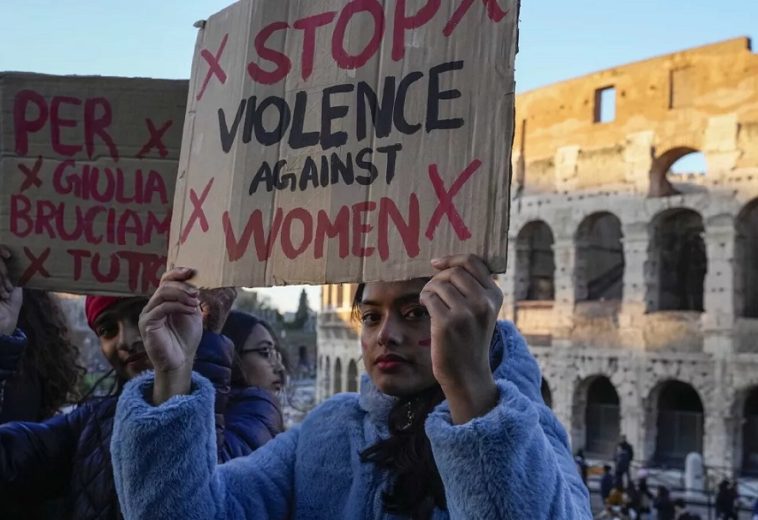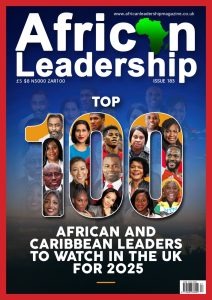Beneath Africa’s rich soil lies an unparalleled treasure trove of minerals that have shaped its history, fuelled its economies, and, paradoxically, sown the seeds of exploitation and environmental ruin. From the colonial-era rush for gold and diamonds to today’s tech industry’s reliance on African cobalt, the continent’s resources have often been a double-edged sword. Yet, as Africa strives to reclaim its destiny, illegal mining emerges as a formidable adversary—draining billions from economies, destroying ecosystems, and endangering lives.
This battle is more than a fight over minerals; it is a fight for sovereignty, sustainability, and a better future for millions. As governments, communities, and international partners rally against this scourge, Africa is not only rewriting its resource narrative but also redefining its role in the global mining economy.
READ ALSO: Lithium Prices and Sustainable Mining Practices in Zimbabwe
Africa’s mineral deposits account for approximately 70% of its annual exports and about 28% of its gross domestic product. According to the International Monetary Fund (IMF), the continent holds an estimated 30% of the world’s key mining commodity resources.
The Gold Rush Revisited
From the colonial era, Africa’s vast natural wealth has been both a blessing and a curse. Gold, diamonds, cobalt, and other minerals were extracted by foreign powers with little regard for local populations. The infamous “Scramble for Africa” in the late 19th century saw European nations exploit the continent’s resources for their empires, leaving a legacy of economic disparity and environmental degradation that persists to this day.
Post-independence, African nations sought to reclaim ownership of their resources. However, the rise of unregulated and illegal mining has hindered this effort. Known as “galamsey” in Ghana and “zama zama” in South Africa, illegal mining has become widespread, often involving dangerous methods and organised criminal networks. This shadow industry undermines economies, destabilises communities, and devastates the environment.
The Scale of Illegal Mining
Illegal mining costs Africa billions annually. The African Development Bank (AfDB) estimates that illicit financial flows, including illegal mining, drain approximately $50 billion from the continent each year. In Ghana alone, the government reports annual losses of $2.3 billion due to illegal mining, with rivers like the Ankobra and Pra choked by toxic sediments.
In South Africa, a leading producer of gold and platinum, illegal mining is rampant. An estimated 30,000 “zama zamas” operate in the country, causing losses of nearly R14 billion (approximately $900 million) annually. Similarly, in the Democratic Republic of Congo (DRC), artisanal miners—often working illegally—account for 20% of the cobalt mined globally, raising serious concerns over exploitation and child labour.
The Human Cost
Illegal mining often occurs in unregulated and hazardous conditions. In Ghana, miners risk their lives in poorly constructed pits that collapse with alarming frequency. In South Africa, clashes between illegal miners and security forces sometimes result in violence, while environmental destruction displaces entire communities.
Child labour is another grim aspect of illegal mining, particularly in the DRC, where children as young as seven mine cobalt, a key component in modern technology. According to Amnesty International, these children endure hazardous conditions for meagre pay, often without access to education or healthcare.
Turning the Tide: Africa’s Response
African nations are taking decisive steps to combat illegal mining. Ghana launched Operation Vanguard in 2017, deploying a joint military-police task force to shut down illegal operations. This initiative resulted in the arrest of over 1,000 illegal miners and the seizure of equipment worth millions.
In South Africa, laws have been strengthened, with the Minerals Council advocating for harsher penalties and stricter enforcement. Similarly, the DRC has collaborated with global tech companies to establish transparent supply chains, ensuring responsibly sourced minerals.
At a continental level, the African Mining Vision (AMV), adopted in 2009, provides a framework for sustainable resource management. The AMV promotes the formalisation of artisanal mining and the creation of local value chains to ensure resource wealth benefits African communities.
Mending the Earth
Efforts to combat illegal mining have yielded environmental and social benefits. In Rwanda, community mining schemes encourage artisanal miners to formalise their operations. These schemes reduce environmental damage while providing miners with access to training, equipment, and fair wages.
In Zimbabwe, the Environmental Management Agency has launched reforestation projects in areas ravaged by illegal mining. Local NGOs across the continent educate communities on sustainable mining practices, and women are increasingly participating in formal mining, breaking gender barriers and boosting household incomes.
Building a Golden Future
While progress has been made, challenges remain. Strengthening governance, enhancing transparency, and fostering regional cooperation are critical to eradicating illegal mining. Initiatives such as the Kimberley Process, which certifies conflict-free diamonds, must be expanded to include other minerals.
Investments in education and infrastructure can provide alternative livelihoods for those reliant on illegal mining. Meanwhile, technology such as satellite monitoring offers promising tools to detect and prevent unauthorised activities.
Africa’s fight against illegal mining is a reclamation of land, resources, and dignity. Like prospectors seeking gold, African nations are sifting through the sands of injustice to secure a brighter, more equitable future. This journey, though fraught with challenges, promises to reshape the continent’s resource landscape, ensuring its wealth serves its people.
Only when every river runs clear, and every child dreams beyond the mines, will Africa triumph over this enduring scourge.




